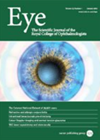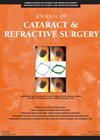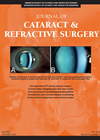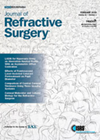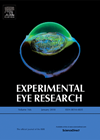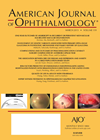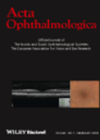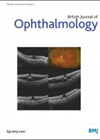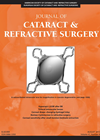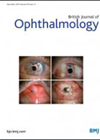
Journal Reviews
Risk factors for intraoperative floppy iris syndrome
Intraoperative floppy iris syndrome (IFIS) is charcterised by flaccid iris stroma leading to fluttering and billowing of iris, tendency of iris to prolapse through surgical incisions and causing intraoperative pupil constriction. IFIS is characterised as complete when all three features...
Wrong intraocular lens events – what lessons have we learned?
Data from wrong IOL patient safety incidents (PSIs) submitted to the National Reporting and Learning System (2010–2014) were reviewed and scrutinised by thematic analysis and compared with the historical data collected for groups in 2003-2010, prior to the mandatory checklist...
Prediction errors of formulas in optical biometers
This study was conducted retrospectively in a private practice setting. Nine formulas were compared for prediction error (postoperative spherical equivalent (SE) minus, predicted SE calculated by each formula), using two optical biometers (Lenstar – optical low coherence reflectometry (OLCR) and...
OVD influences
This prospective case series provides data on a previously uninvestigated area. Eyes due to have routine phakoemulsification were divided into six groups according to ophthalmic viscosurgical device (OVD) type. After cataract extraction aphasic refraction using intraoperative aberrometry with the ocular...
Corneal molecular and cellular biology for refractive surgeon
This is an interesting literature review that looks into the recent advances concerning the corneal molecular and cellular processes that are involved in the wound healing response after excimer laser surface ablation and LASIK surgery. It talks about the complex...
MicroRNAs in cataract
In an ageing population cataract formation is one of the leading causes of blindness. Cataracts are caused by a failure to clear accumulating aggregated proteins in the lens. MicroRNAs are small non-coding transcripts which bind to specific mRNAs acting at...
Anterior capsular tears complicating phacoemulsification surgery
This is a retrospective, interventional case series, assessing the occurrence of anterior capsular tears in phacoemulsification surgery, its effect on outcomes and further complications. Despite being a well recognised complication of phacoemulsification surgery the authors felt that there is a...
Who will benefit from cataract surgery?
The need for cataract surgery is expected to rise dramatically in the future due to the increasing proportion of elderly citizens and increasing demands for optimum visual function. The aim of this study was to provide an evidence-based recommendation for...
Health-related quality of life after cataract surgery
This prospective study evaluates the impact of cataract surgery on subjects’ health-related quality of life (HRQoL) measured with a 15-dimension generic instrument, the 15D. The HRQoL of cataract subjects was compared with that of an age- and gender-standardised sample of...
Aspheric toric IOL implantation and LRI in eyes with cataracts and astigmatism
This is a prospective study from a single unit to compare the visual outcome of aspheric toric intraocular lens (IOL) implantation and limbal relaxing incisions (LRI) for management of coexisting age-related cataracts and astigmatism. Sixty eyes of 60 patients with...
Implantation of diffractive trifocal intraocular lens
This study reports on 60 eyes of 120 patients who underwent routine cataract surgery followed by implantation of the trifocal IOL model Lisa tri-839MP. This is a diffractive trifocal preloaded IOL with no interruption at the haptic-optic junction, 360 degrees...
Clinical evaluation of a new pupil independent diffractive MIOL lens with a ±2.75D near addition
This is a clinical outcome assessment after cataract surgery with implantation of multifocal intraocular lens implant IOL with a lower near addition (+2.75D) of 143 eyes of 85 patients aged between 40 to 83 years of age. The type of...

